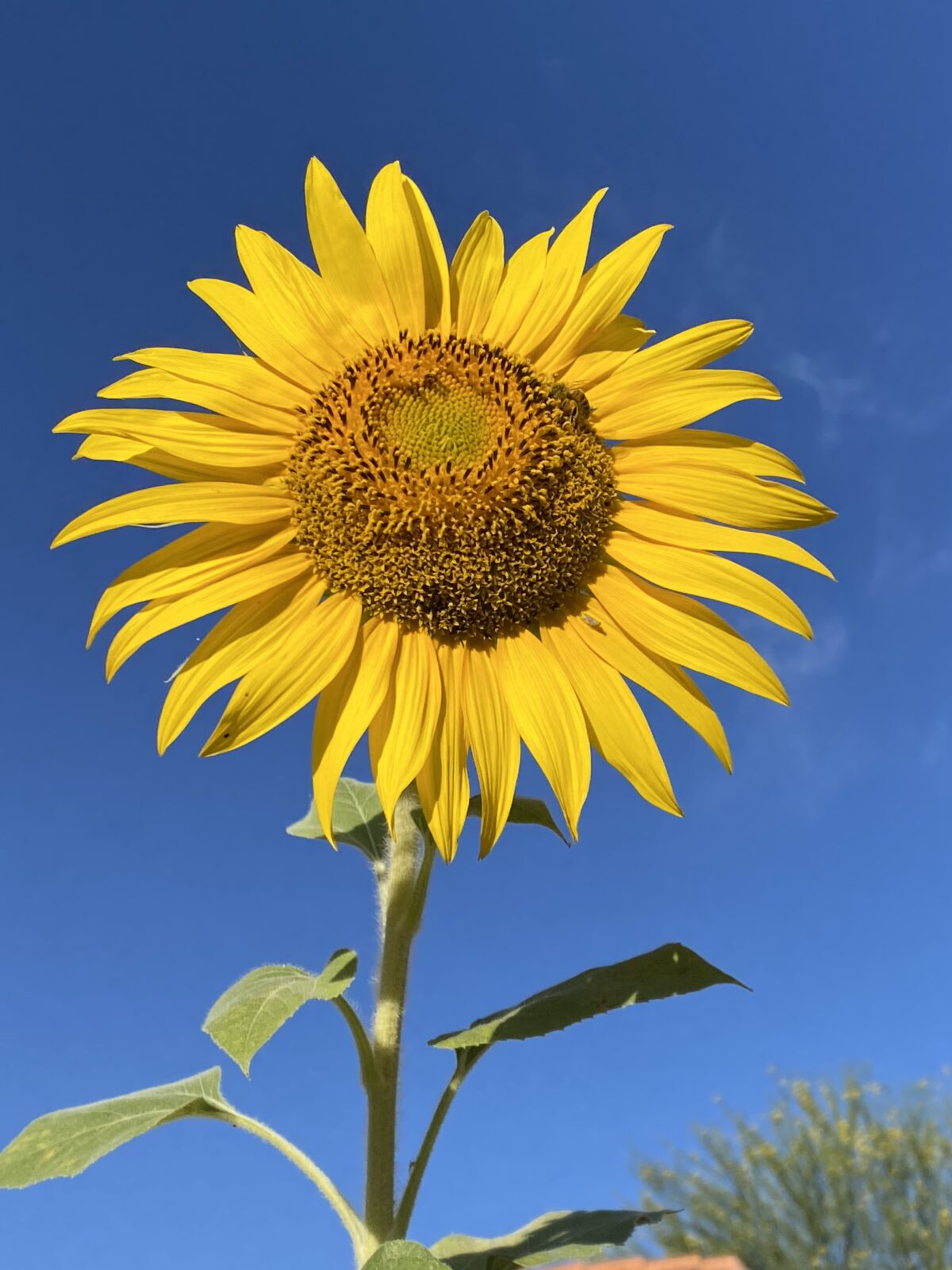Valentine’s Day, often celebrated as a day of romantic love, has evolved into a broader celebration of friendship and kindness. While traditionally linked with couples, this day offers a chance to extend love and appreciation beyond romantic relationships.
It’s a chance to recognize and cherish the various forms of love that enrich our lives. Whether it’s the bond with family, the friendship of colleagues, or the support of close friends, celebrate this year!
Celebrating Love
Valentine’s Day is a perfect reminder that love is not limited to just one type of relationship. While celebrating couples is popular, the 14th can also be about expressing gratitude to those who are important to us. Family members, colleagues, schoolmates, and friends contribute to our happiness and well-being every day. Remember these folks in countless ways, since they also deserve recognition and your love.
Family is often our first experience of love, providing a foundation of support and care. This Valentine’s Day, consider showing appreciation to your parents, siblings, or even extended family members. A heartfelt note, a phone call, or a small gift can make them feel valued and loved.
Co-Workers and Schoolmates
We spend a lot of time with our cc-workers and classmates. These relationships play an important role in our daily lives. They support us in our work or studies, celebrate our successes, and help us through challenges. Valentine’s Day offers a unique opportunity to strengthen these bonds.
Consider organizing a small celebration at work or school, where everyone exchanges cards or small tokens of appreciation. This can foster a sense of community and remind everyone that they are valued.
Cherishing Friendship
Friendship is another powerful form of love that often gets overlooked on Valentine’s Day. Friends are the ones who stand by us through thick and thin, offering advice, laughter, and companionship.
Take time this Valentine’s Day to reach out to your close friends. Plan a get-together, send a thoughtful message, or even share a meal. These gestures can deepen your connections and remind your friends how much they mean to you.
Valentine’s Day is more than just a celebration of romantic love. It’s an opportunity to acknowledge all the important relationships in our lives. By extending our appreciation to family members, colleagues, schoolmates, and friends, we can spread positivity and strengthen the bonds that make life meaningful.
This Valentine’s Day, let’s embrace the full range of love and celebrate the people who make our lives richer. Happy Valentine’s Day!
For more living well tips check out my website: KathyHusserTempe.com

